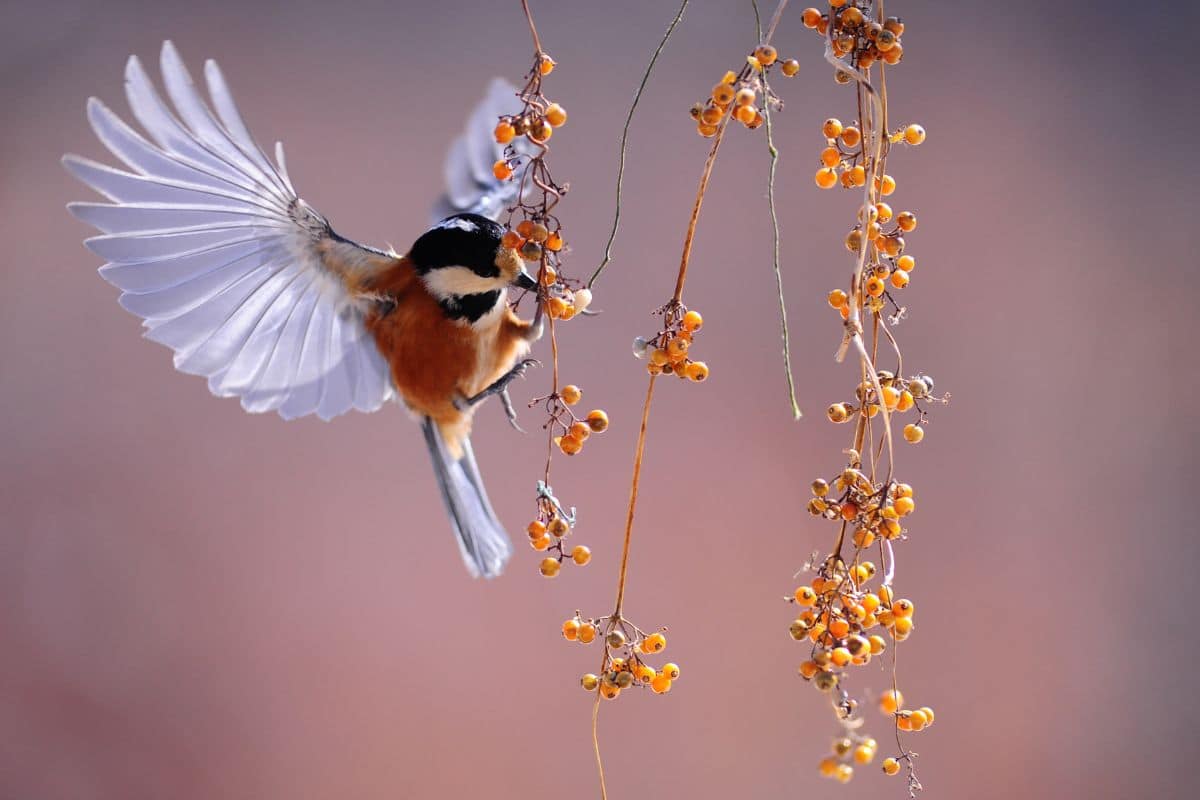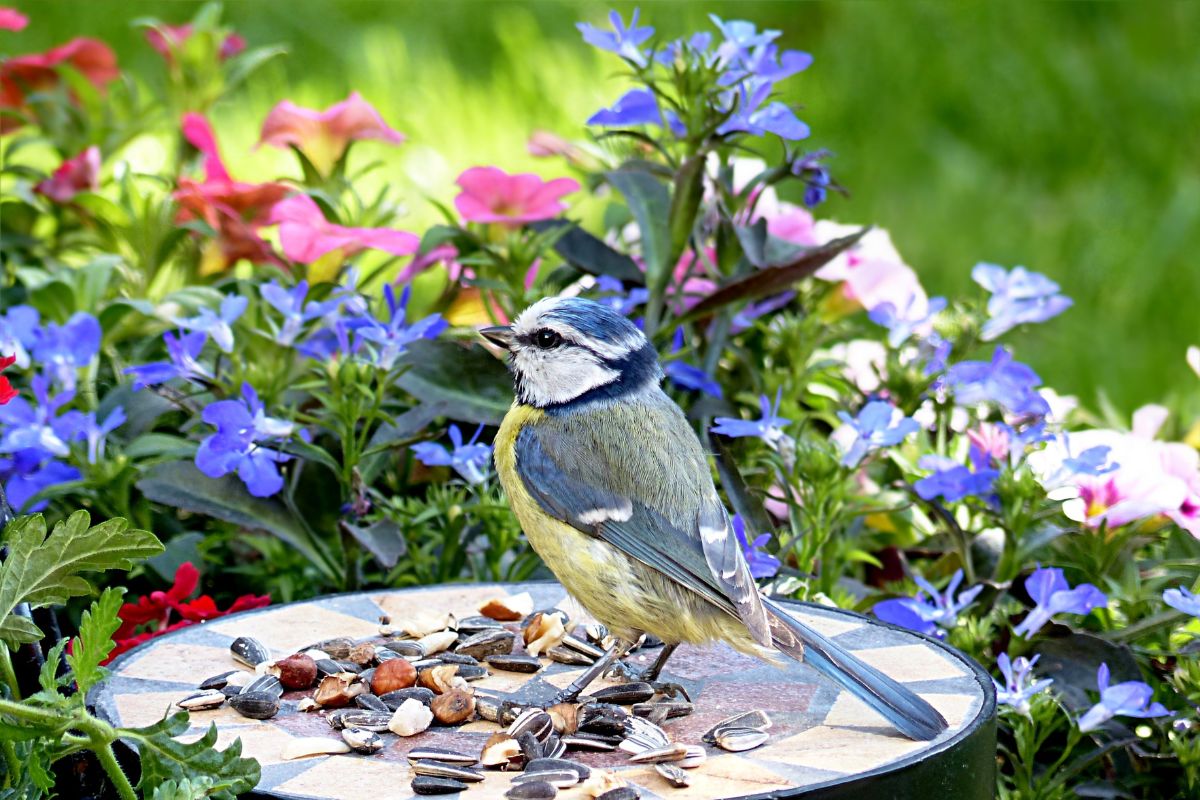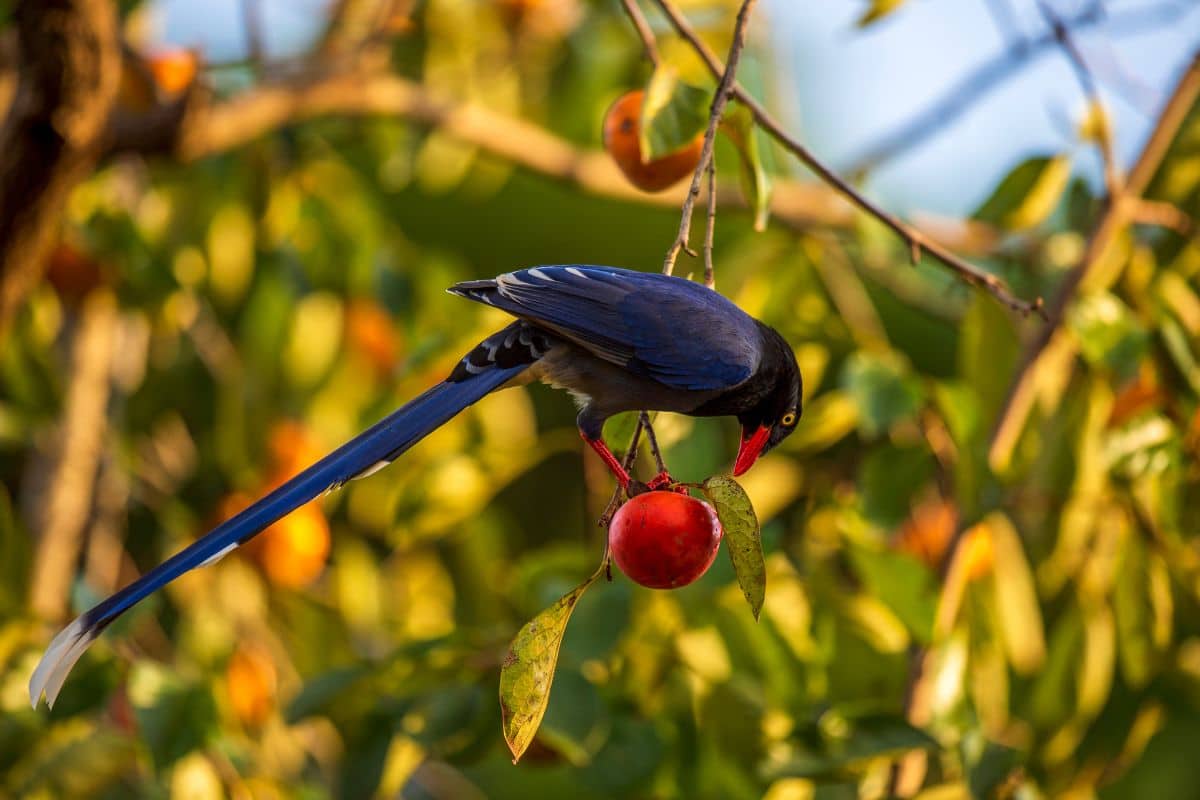Learning about birds can be an interesting journey. While some characteristics are similar to other animals, birds can be unique in a few ways. For example, since many bird species eat insects, berries, and seeds, you may wonder, do birds have taste buds?

Yes, birds do have taste buds to guide their senses while eating. However, they aren’t like a human’s sense of taste. We dive into more detail below to understand how a bird can taste and why.
Contents
The Taste Buds on a Bird’s Tongue
Although birds don’t have the same heightened sense of taste as humans, they can still taste food. Where a human tongue has approximately 9,000 taste buds, a bird may have between 24 and 500, depending on the species.
For a quick reference, here are some examples of different birds and their taste bud measurements:
- Chickens: approximately 24
- Songbirds: less than 50
- Great horned owls: about 50
- Hummingbirds: around 40 and 60
- Pigeons: between 27 to 59
- Crows and ravens: approximately 100
- European starlings: about 200
- Turkey vultures: around 300
- Parrots: between 300 to 400
- Waterfowl: approximately 400
In addition, the location of taste buds in a bird’s mouth will vary between species. These helpful receptors sit at the tongue’s base and throughout the mouth’s top and bottom.
To many people’s surprise, there are no taste buds at the tip of a bird’s tongue. Because many birds will have a coarse, hard front tip, this characteristic makes it difficult to taste items on this surface.
Parrots and waterfowl are among the bird species that contain the highest number of taste buds. Consequently, it is well-known that parrots can be picky on food items, showing a preference for sweet or savory things when they have a choice.
What Can Birds Taste?

Since birds have a relatively low number of taste buds, you may wonder what they can taste. These taste buds provide helpful information about a food source rather than for pleasure, like humans when we eat something we like.
Generally, birds can taste:
- Bitterness
- Fats
- Salty
- Sweet (some birds only)
- Sour
Although birds have a small number of taste buds, they can still pinpoint different concentrations of tastes. For example, if an item is too salty, a bird will spit it out since salt is not healthy for them. In addition, items that carry a strongly acidic, bitter flavor could indicate that the food is spoiled and not safe to consume.
One notable feature of a bird’s taste buds is that it cannot taste hot or spicy items like humans. Therefore, things like cayenne or black pepper do not affect a bird if you include them in its food source. Birds can gather some taste for the spicy, but due to their lack of the VR1 receptor gene, their body does not process the hot taste we get.
Another interesting fact is that penguins can only taste salty and sour things. The lack of other receptors could indicate their restrictive environment for food sources or the extremely low temperatures they regularly endure.
Why Do Birds Need Taste Buds?
Even though birds do not have an acute sense of taste like humans, their taste buds still play a vital role. For example, birds taste to differentiate between poisonous berries or insects and safe ones, choose the sweeter flower, and scour for food sources.
For example, the hummingbird is one of the few birds that can taste sweetness. This attribute aids in the bird finding the best flower as a food source, so it spends less time and energy forging. Conversely, items with high concentrations of sour or bitter flavor are generally toxic or spoiled, which can prewarn a bird not to consume it.
The Takeaway

Birds do have taste buds, although they are not the same as those you would find in a human’s mouth. Instead, these receptors are mainly for helping the bird pick food items safe for consumption to provide the essential nutrients they need.
So, although you cannot easily see a bird’s tongue, it contains taste buds to help it choose food items. You now know why it happens if you notice a bird spitting something out of its mouth.
